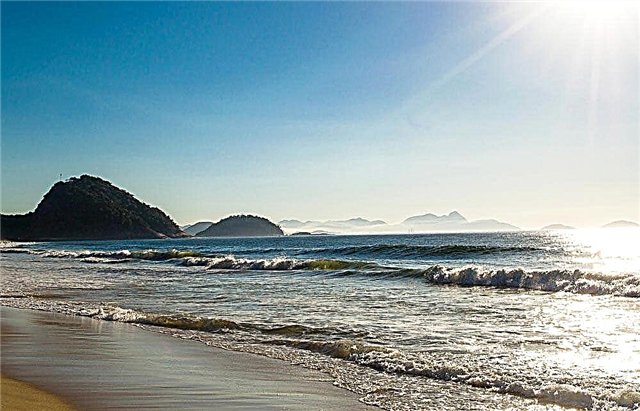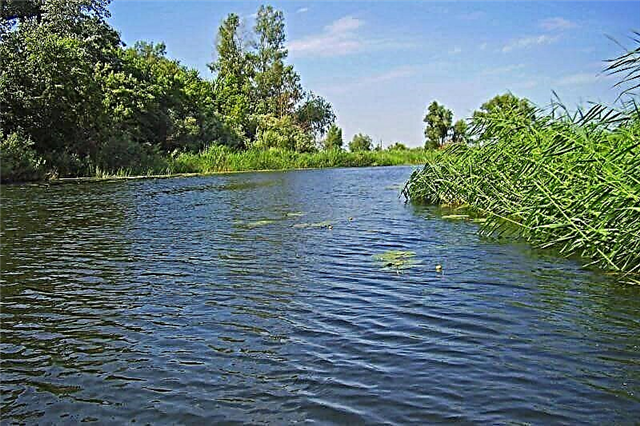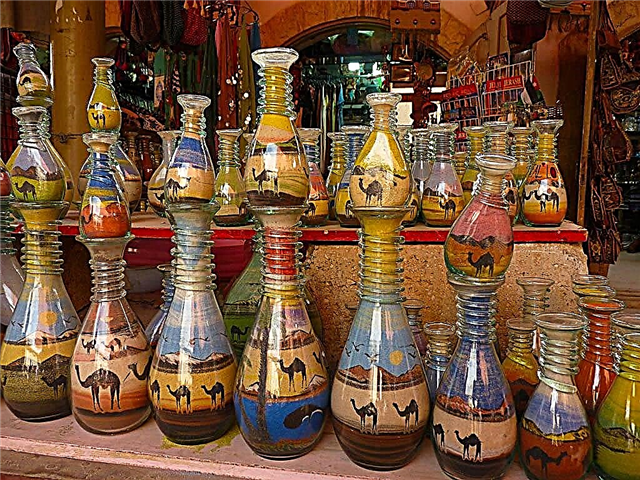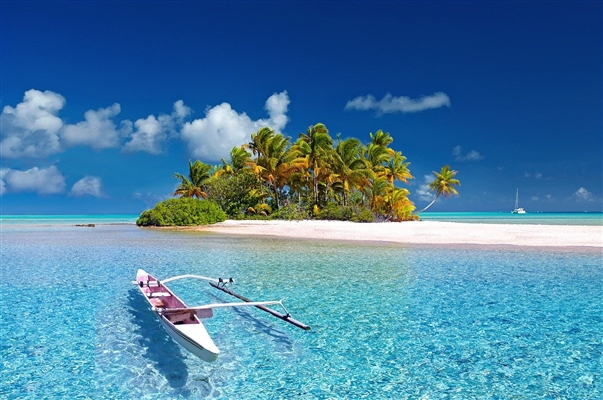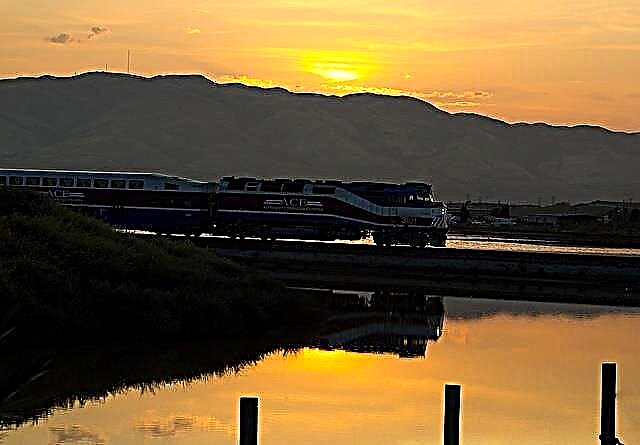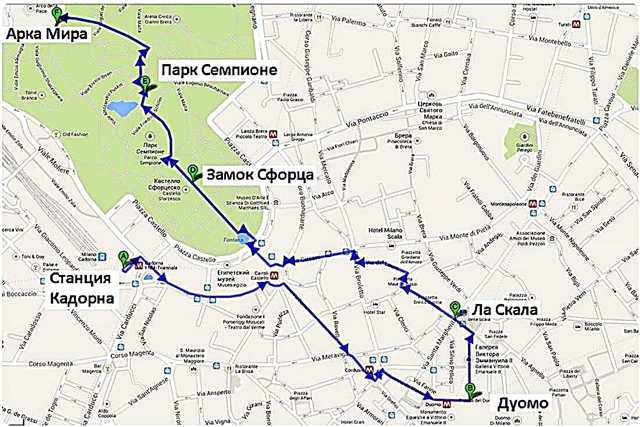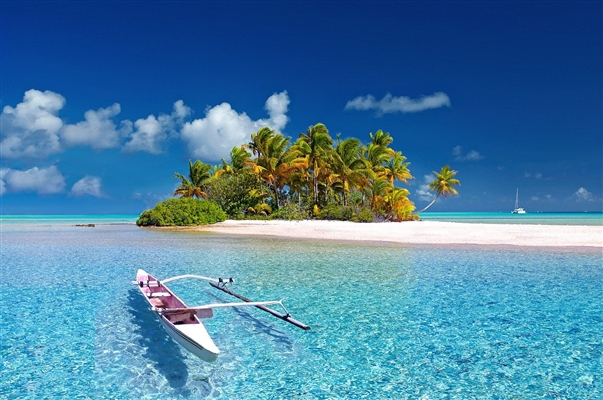The Penza region is located in the central part of Russia, the territory is 43 thousand km², the population is 1332 thousand inhabitants. This is the Volga Federal District. Since the 18th century it has been a place of concentration of the Moscow nobility. Many rich black earth lands were donated to famous families who founded family estates here. Cities were built mainly on the banks of rivers, in the region of more than 3 thousand rivers and streams.
Many cities were founded in the 17th and 18th centuries. Each city has its own unique history and development vector. During the difficult years of the Great Patriotic War, there was a rear here, where enterprises were evacuated. A well-developed rear base helped the front with weapons and food. The Penza land has raised many outstanding people of the country: poets, writers, artists, scientists, actors, athletes.
The largest cities of the Penza region
List of the largest cities in terms of population in the region.
Penza
The story begins in 1663, when a fortress was erected at the junction of the Sura and Penza rivers to protect the borders of the Moscow principality from the steppe raids. In the 19th century it was the center of the province. Industry developed during the Soviet era. Well-known enterprises: the bicycle factory, where the "Sura" and "Temp" were produced, the "Zarya" watch factory. Heritage - writers, poets and contemporary celebrities.
Population - 523 thousand people.

Kuznetsk
Formerly the village of Naryshkino, history from 1699. The city's status and name were obtained by decree of Catherine II in 1780. Notable historical buildings: the Church of the Resurrection of Christ (mid-19th century) and the Church of the Kazan Icon of the Mother of God. A special place with a spring is the chapel of St. Paraskeva Martyr. From modern - "Hill of Glory", a monument to the "Locomotive".
Population - 82.3 thousand people.

Zarechny
It has the status of a "closed" city with a special access control. The instrument-making plant, opened in 1961, is the main enterprise. Now this is the association of Rosatom. There are archaeological sites on the territory of the city: Akhunskoye settlement and Zarechenskoye settlement. Modern monuments: Stella Pobedy, 18 m high, and a memorial to the liquidators of technogenic disasters.
Population - 65.2 thousand inhabitants.

Kamenka
A city on the Atmis river. History from the beginning of the 18th century. It developed after the construction of the railway in 1877, this is associated with the name of Count V.N. Voeikov. Here, during the war, the evacuated factories "Krasnaya Zvezda" and "Kommunar" fired shells for the front. Sightseeing: Kuvak's spring with mineral water, Count Voeikov's estate, monuments to war heroes.
Population - 39.6 thousand people.

Serdobsk
The small town emerged as a settlement on the banks of the Serdoba in 1699. In 1780, it received the status of a city by order of Catherine II. This is the birthplace of P. Yablochkov, the inventor of the arc light bulb; a monument was erected to him in the central square. In the city center, there are Art Nouveau and neoclassical mansions and the current Cathedral of the Archangel Michael.
Population - 32 thousand people.

Nizhny Lomov
The story begins in 1636, a fortress was erected on the Lomovka River, guarding the southeastern border of the Moscow principality. In the middle of the 18th century, fair trade developed, caravans from different places went through the city to the fair in Nizhny Novgorod. The status of the city was received in 1780. In the vicinity there are springs with healing water, they are called Saloleika and are considered holy.
Population - 21 thousand inhabitants.

Nikolsk
City status since 1954. It arose from two villages in 1761, on the banks of the Vyrgan River. In 1764 A. I. Bakhmetev built the first crystal factory in Russia. Crystal products were intended for royalty, and are now known all over the world. In 1920 the name of the plant was “Red Giant”. A museum with a collection of unique samples was opened on the basis of the crystal factory.
Population - 20 thousand people.

Settlement
Small town with an area of only 9 km². It is located on the site of the historic Burtas settlement, at the confluence of the Yulov and Bely Klyuch rivers. In its present form, it arose at the beginning of the 18th century as a union of two settlements. It received the status of a county town in 1780. Of the sights: the remains of the Yulovsky settlement and the local history museum with an exposition of the history of these places.
Population - 9 thousand people.

Belinsky
Until 1948 - Chembar. Located at the confluence of the Big Chembar and Small Chembar rivers. Founded at the beginning of the 18th century. It was named after the literary critic V.G. Belinsky, he spent his childhood here. On the main street there is a museum-estate of Belinsky, where valuable exhibits are exhibited - engravings of the 19th century, correspondence, books from the personal library. The buildings of the 18th century have been preserved in the city.
Population - 8600 people.

Spassk
It was founded in 1663 as the village of Bogdanovo, where the monastery employees and fugitive peasants lived. On the banks of the Studenets River, close to the border with Mordovia. Renamed several times. In 1673 - the village of Bogdanovo-Spasskoye, in 1779 - the city of Spassk by decree of Catherine II, in 1925 - Bednodemyanovsk, in 2005 - Spassk. The Church of the Ascension, built in 1830, has been preserved and operates.
Population - 7 thousand people.


